Creating the National Service Memoir Long ago
When John Flann began his National Service in 1949, was assigned to the Royal Artillery and posted to Hong Kong, the furthest thing from his mind was writing a book, a National Service memoir. Back then writing a book meant producing a manuscript for a publishing house to convert to a paper product offered in bookstores. Nor could he dream of the day that self-publishing at little or no cost would become possible through the advent of the Internet and simple content management systems like WordPress. But he could be be a faithful son, keeping his father – for his mother had died in 1946 when he was sixteen – informed of his life by dutifully writing letters home. And he did so, on average one a week for the two years of National Service.
Rediscovering the National Service Letters
His father, Sionna died in 1966, and when he along with his sisters, settled his father’s estate the letters sent so long ago returned to him, neatly kept in order, obviously treasured. Retirement in the United States, afforded some time to review and reacquaint John Flann with a significant part of his life, National Service. Convinced that the story of personal development within the history of service in the British Commonwealth’s furthest outpost Hong Kong would have interest to others, He set about converting these personal letters full of news into an orderly account for his family, his two sons, and posterity.
Genesis of Gunner Flann
After some early resistance, framed in the classical English refrain that time spent on a computer indoors was wasted when you could be outside breathing good, clean air and enjoying the sunshine, John Flann started to use a computer and the Internet at the ripe old age of 72. By 82, he had mastered publishing through WordPress, and worked on a site devoted to his life long love, model railways, Hintock Branch. Stretching out from modeling, he made the intellectual and emotional transition to being comfortable writing and publishing something more personal about his life, his time of National Service, and Gunner Flann was born. Here is hoping you enjoy reading it half as much as he enjoyed creating it.

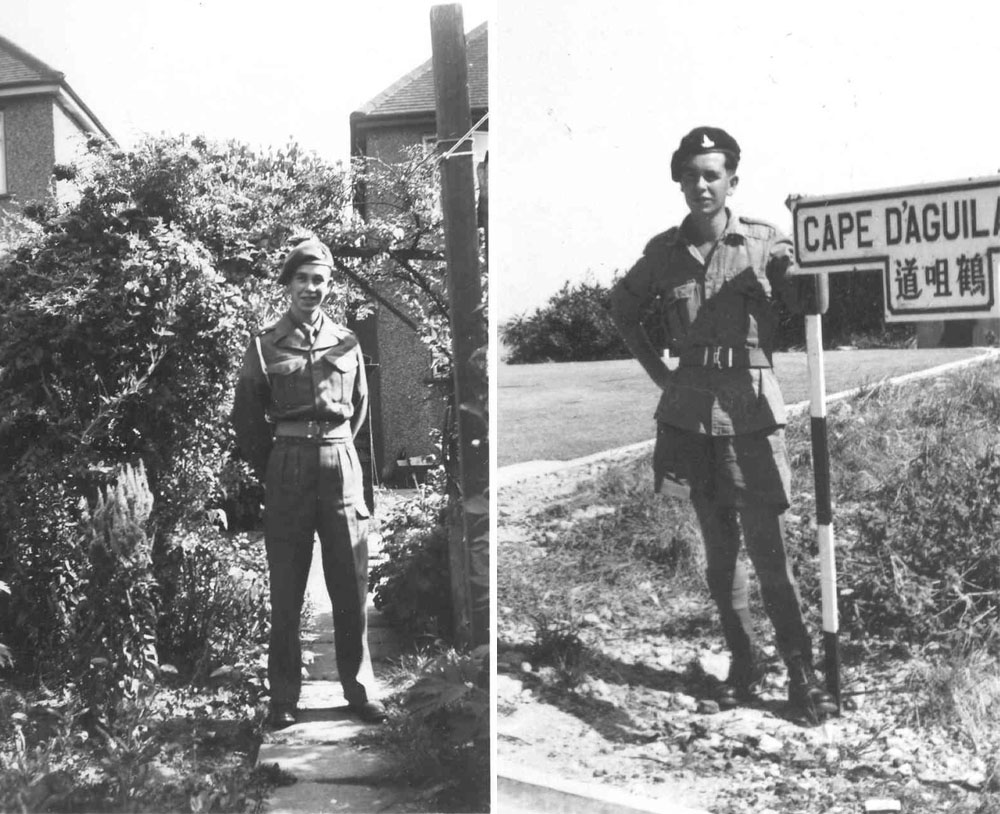
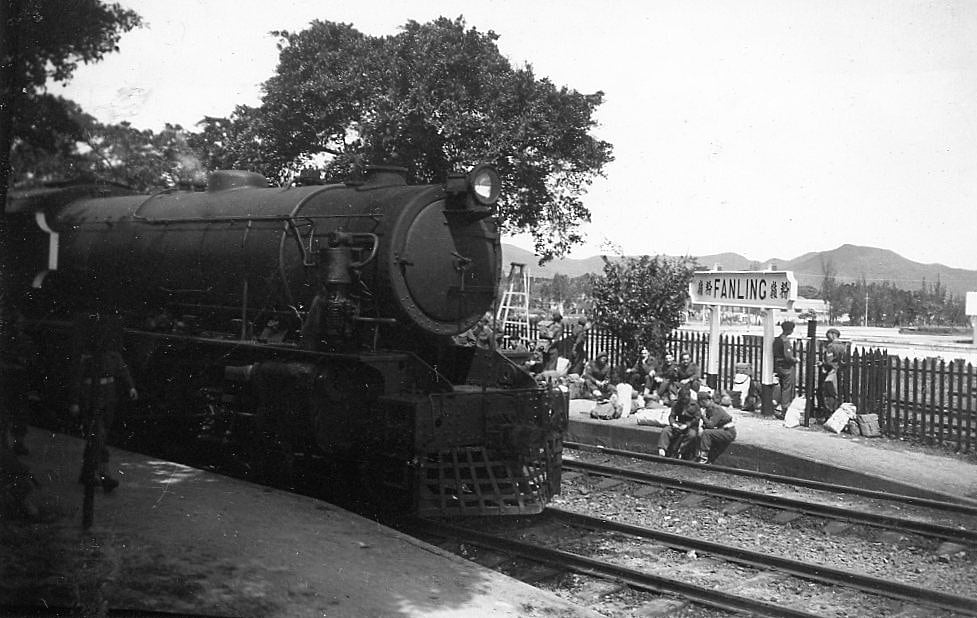
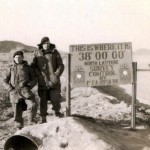
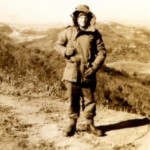
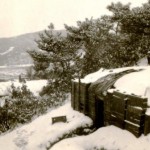
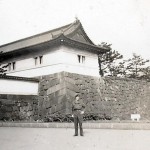
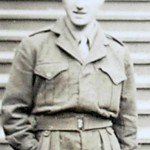
Recent Comments